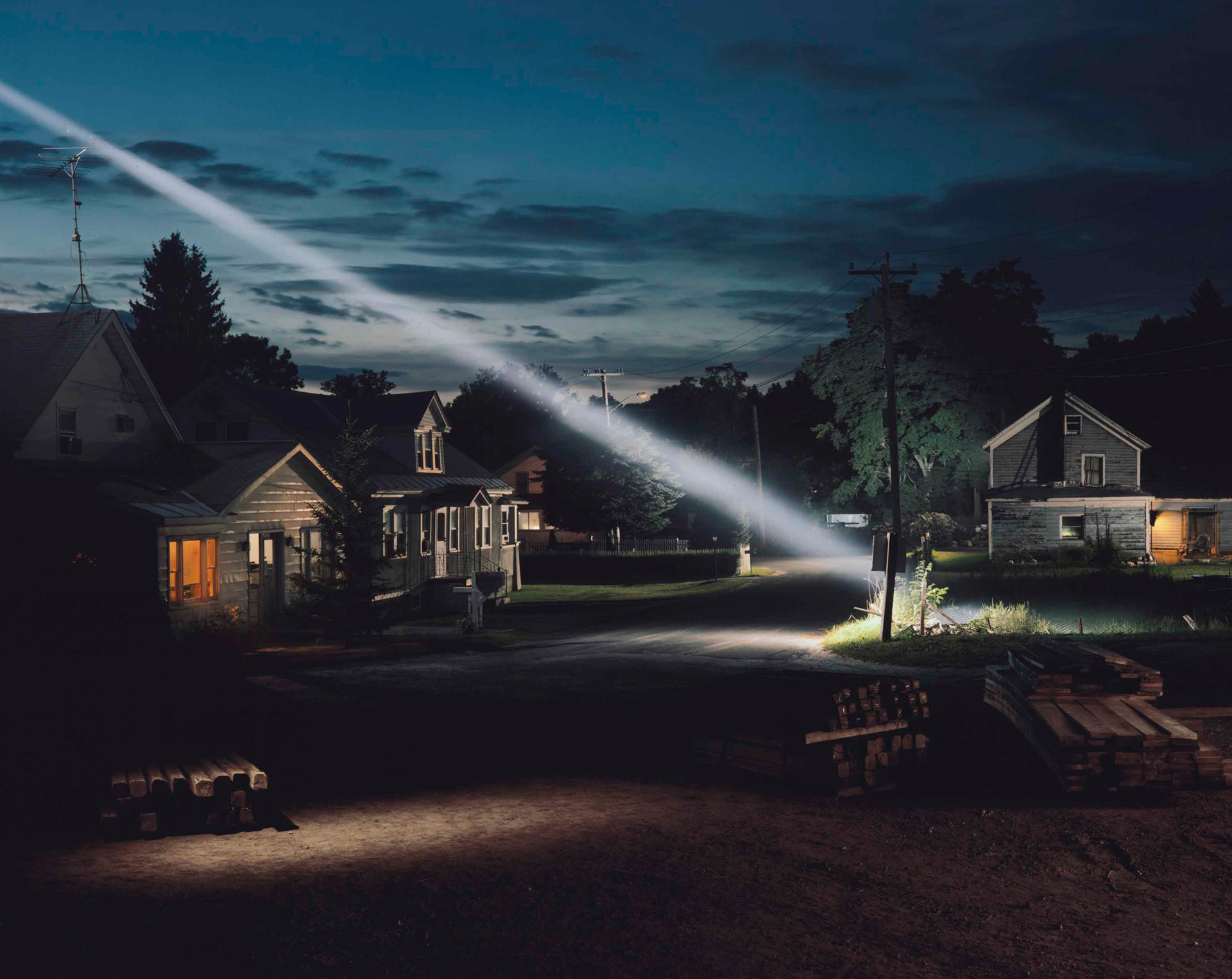In Today’s themed lecture we looked at and talked about the ideas of telling stories and creating narratives. We then linked this to our art practices in our seminar groups. I felt like the themes that we discussed were close to home with photography and the way that I like to work and research. Every photograph that I take is a building block to a narrative, the series of photographs that I made are also narratives and stories for the viewer to partake in. Photographs can tell fictional and non-fictional narratives, with the picture maker having the power to control or choose not to control what is going on in the moments that they are capturing. Photographs tell stories of our past, with documents and archives of people and places that no longer stand. They help us understand our history and the social structures of different times.
A Dorothea Lange photograph, taken in 1936 in a pea picker camp in Nipomo California, shows a migrant worker with her children holding tightly onto her. One of the worlds most famous photographs which visually shows what it was like to live through the great depression in the dustbowl of early 20th century America. A photograph which as a home in the history books and suggests times that we are not close to in the modern-day.
The photographers of the Bang Bang Club are other examples of how picture makers have captured what stands in our history. This time, outside of the western world, photographing the times of the apartheid in South Africa and outputting that into the western world through the media outlets. These incredible raw and violent stories shocked the world and caused many debates and discussions. The conversation that opens up to me when thinking about the photographs captured and published around the globe is around the power that a single photograph can have. The famous Kevin Carter photograph of a young girl crouched over, starved, with a Vulcher hunched and watching over was one of the most powerful visual representatives of the famine in Sudan in the 90s. When this photograph hit the western media, outrage caused Carter a lot of hate and questions over the destiny of the child. The photograph won the Pulitzer prize in 1993. Carter then took his own life in 1994 as he could no longer cope with the things that he had to witness while being a photojournalist.
Gregory Crewdson is an example of how fiction is created using photography. His large-format cinematic images create narratives and reflect personal experiences and emotions through the medium of photography. His latest work, “Cathedral of the Pines” reflects and deals with the divorce he went through, by returning back to his home and creating a body of work that is more simple and intimate than his previous works.
When looking at photographs I prefer something that tells a true narrative. One that is true through the photographer eys. This is the way that I usually work. Documenting the land and people that use it through my eye, to share my experience/ narrative with them.



99% Thinking 1% Making
Interview with Alfredo Jaar about his exhibition searching for Africa in Life
Our Failure of Empathy’: Kevin Carter, Susan Sontag, and the Problems of Photography
In today’s lecture, we watched Alfrado Jaar walk and talk through his exhibition. The video has the underlying narrative of the life of Kevin Carter. You do not see any of Carters work, nor do you see photographs of him. However, you are told the powerful narrative through text breaks in the video. The motives are high in Jaar’s series of works, with political statements being analysed, as well as the perception of Africa from the Western media outlets. Near the beginning of the exhibition, he has lined up the News Week front covers, while underneath remarking how many deaths there had been during the Genocide in Rwanda at the same time. Only one of the front covers mentioned the horrifying activities that were going on at the same time. The media outlet was more interested in sharing the superficial stories of the western world.